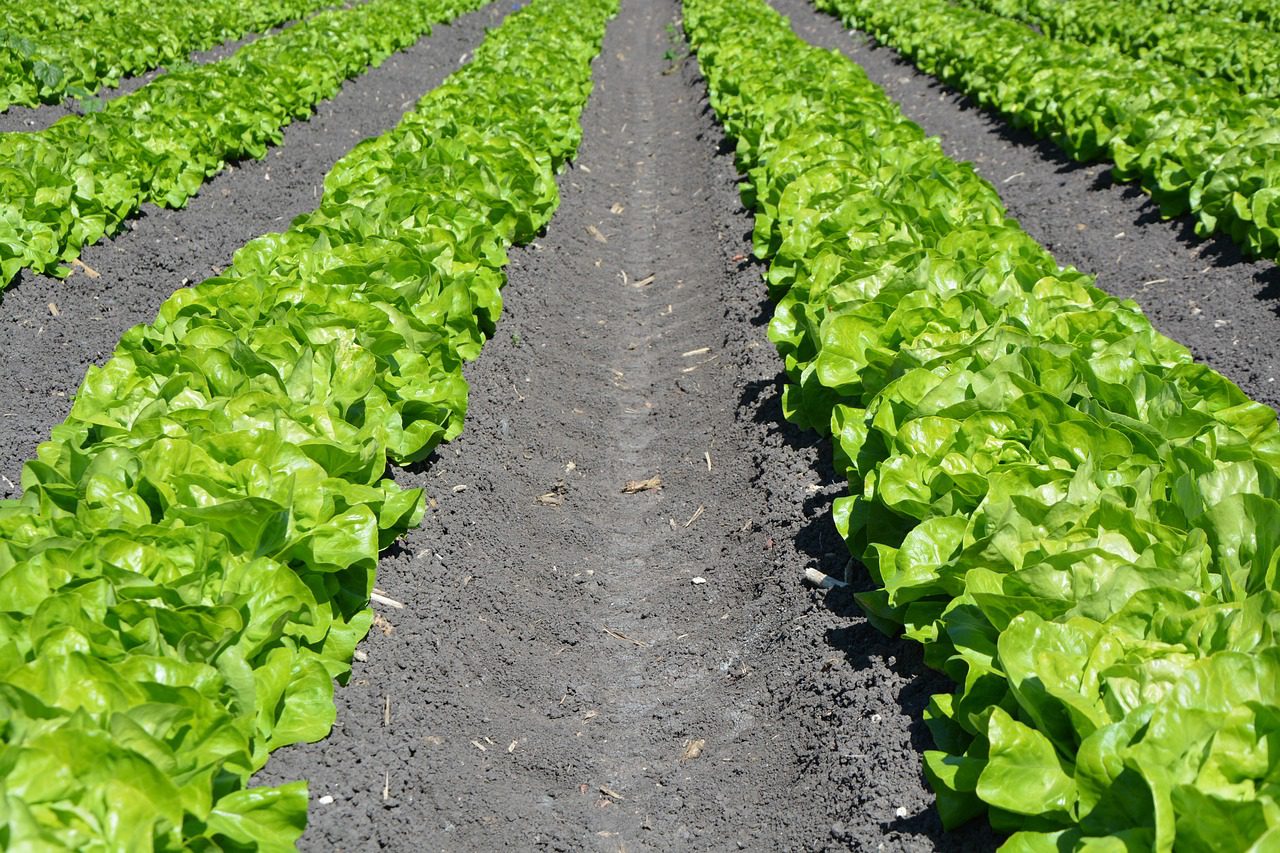August 22, 2023 — In what is normally fire season, California and Nevada are experiencing the effects of Hurricane Hilary, which was downgraded to a tropical storm as it swept through the Southwest this weekend. Fox Weather compiled a stunning array of photos and videos showing flash flood damages in California and Nevada, where roads washed out and mudslides and rockslides took their toll.
compiled a stunning array of photos and videos showing flash flood damages in California and Nevada, where roads washed out and mudslides and rockslides took their toll.
Governing.com reported that California’s poorer farming communities were hit hard by the storm, writing that “The Coachella Valley faced a particularly dire threat of flooding as it acts as a drainage basin for two 10,000-foot-plus mountain ranges and low-income farming communities, like Mecca and Thermal, sit at the valley’s low center.”
reported that California’s poorer farming communities were hit hard by the storm, writing that “The Coachella Valley faced a particularly dire threat of flooding as it acts as a drainage basin for two 10,000-foot-plus mountain ranges and low-income farming communities, like Mecca and Thermal, sit at the valley’s low center.”
Planting and harvesting activities were affected in other areas of the state, according to Farm Progress , which reported that growers were either planting or harvesting various crops when the storm came. In the deserts of Southern California and southwestern Arizona, lettuce beds were just being established. As farmers in the low desert of Southern California and Arizona begin their transition to winter vegetables, those who were preparing their lettuce beds for planting may have to repair them post-storm. The National Weather Service in Phoenix reported that between two and three inches of rain, roughly the region’s annual amount, could fall in and around Yuma.
, which reported that growers were either planting or harvesting various crops when the storm came. In the deserts of Southern California and southwestern Arizona, lettuce beds were just being established. As farmers in the low desert of Southern California and Arizona begin their transition to winter vegetables, those who were preparing their lettuce beds for planting may have to repair them post-storm. The National Weather Service in Phoenix reported that between two and three inches of rain, roughly the region’s annual amount, could fall in and around Yuma.
Farm Progress reported that wine grapes and strawberries, key commodities in southern and central California, may have also been affected. The table grape harvest was already underway, but due to an unusually cool spring and summer, wine grapes had been slower to mature, so harvest may not take place until October. Strawberries were just finishing their peak season in California.
reported that wine grapes and strawberries, key commodities in southern and central California, may have also been affected. The table grape harvest was already underway, but due to an unusually cool spring and summer, wine grapes had been slower to mature, so harvest may not take place until October. Strawberries were just finishing their peak season in California.
Reservoirs Near Capacity After Record-Breaking Precipitation.
The storm arrived at a time when many of California’s major reservoirs were already holding well above their historical averages, and some were nearing capacity. For example, the San Luis Reservoir was at 214% of its average on August 16 and at 87% capacity, according to the state Department of Water Resources (DWR). Farm Progress states that the Don Pedro Reservoir was at 92% of capacity, and the New Melones Reservoir was at 82%, as reported by the state’s water agency. DWR been redistributing water to capitalize on California’s record-breaking precipitation in 2022-23, which brought one of the most significant snowpacks in 70 years. In total, the agency moved and stored 3.5 million acre-feet in anticipation of potential drought.
states that the Don Pedro Reservoir was at 92% of capacity, and the New Melones Reservoir was at 82%, as reported by the state’s water agency. DWR been redistributing water to capitalize on California’s record-breaking precipitation in 2022-23, which brought one of the most significant snowpacks in 70 years. In total, the agency moved and stored 3.5 million acre-feet in anticipation of potential drought.
Hurricane Hilary might be the first sign of a powerful El Niño expected to last through the winter. El Niño conditions typically bring warmer storms from the Southwest and can deliver significant rain to Southern California.


Leave a Reply